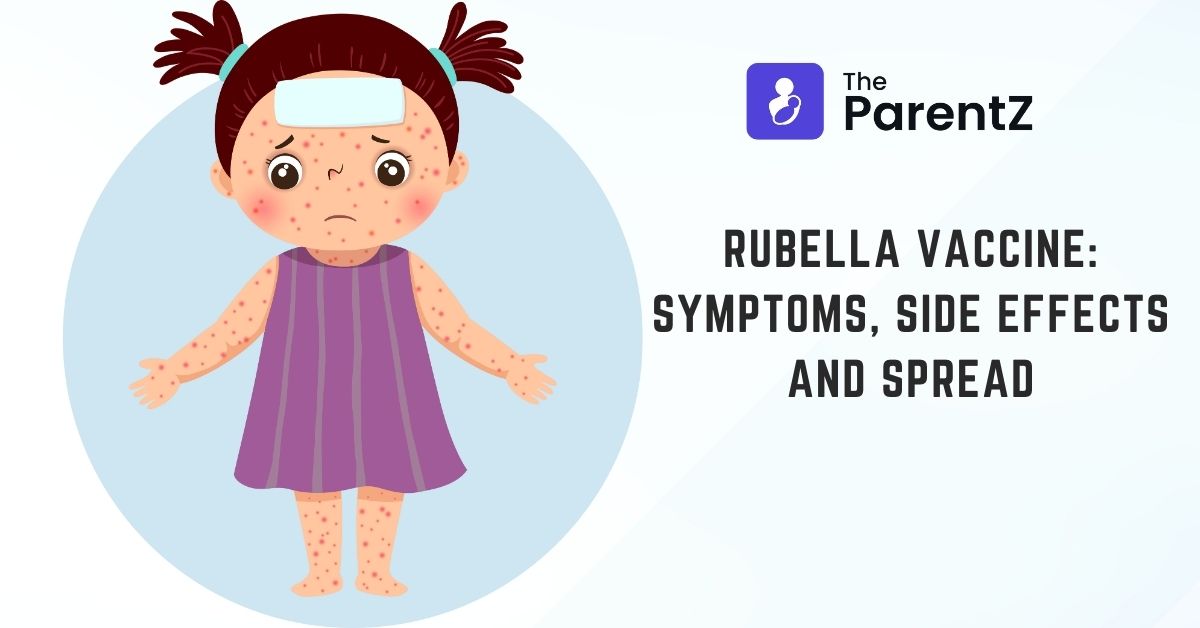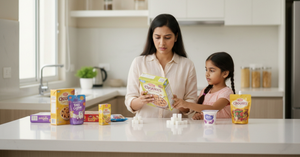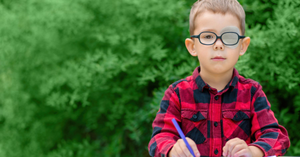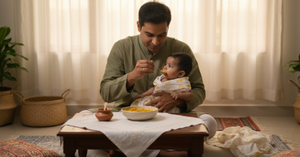When to give the shot?
A rubella vaccine is a live attenuated vaccine. It is available in the combination form MMR vaccine which is Measles-Mumps-Rubella vaccine and MR which is Measles and Rubella vaccine. It is also available singly. All forms are equally effective. The first dose of rubella vaccine is given between 9-12 months of age followed by a second dose at 16-24 months of age. Vaccination of children is preferred with combination MMR form.
Why should the shot be given?
Rubella vaccine is given to prevent the development of rubella infection in a child. The aim of rubella vaccination of young children is to interrupt the transmission of rubella from one child to another and thus decrease the risk of development of disease.
What are the side effects?
Side effects rarely develop but they exist nonetheless. Side effects which may develop after rubella vaccination are:
- Child may be irritable and not feel well for a few days.
- Local reactions may develop. This includes pain, swelling and redness in the area where the vaccine was injected. This is not a cause for concern and it will resolve spontaneously over the next few days.
- Fever may develop post vaccination. Fever can be treated at home itself with antipyretics such as paracetamol being given. The thing to consider during giving your young child medicine is that the dose should be correct according to the age and weight of the child and overdosage has to be avoided.
- Child may develop pain in joints for a few days but it goes away on its own. It usually involves the small joints of the fingers, toes and wrist.
- A transient rash may appear on the body of the child post vaccination.
- Anaphylaxis or an allergic reaction to the vaccine may occur. It can be recognised early by reddening of skin and generalised itching followed by difficulty breathing. A child who develops anaphylaxis should be brought to the hospital immediately. It can be managed by giving a shot of anti-allergic and anti-inflammatory agents immediately.
What is rubella?
Rubella is a childhood infection caused by a virus of the togavirus family. Rubella is also known as German Measles. It is an acute infection of very short duration. It is characterised by low grade fever, rash and lymphadenopathy.
What are symptoms of rubella?
Most of the children who get infected with rubella do not develop any symptoms. When symptoms are present, they comprise of the following:
- There is a mild fever and a sore throat. It is not usually present in children.
- There is the presence of lymphadenopathy. It refers to swelling of the lymph nodes of the body. Lymph nodes present behind the ear and along the neck swell up and can be felt by hand.
- Rash appears in children. It is usually first present on the face and later spreads to the torso and extremities. The rash is minute and pinkish, not as bad as the measles rash.
All the symptoms mentioned above develop very rapidly and also clear up in a very short duration.
Is rubella serious?
Rubella is a mild disease and not as serious as other viral infections of childhood. Nevertheless, it does not mean that it should be taken lightly. Infection with rubella can develop a couple of complications later in life of an individual.
How does rubella spread?
Rubella spreads from person to person contact. The route of entry of the virus is the respiratory tract which means via the nose. When an infected child coughs, he/she releases virus in the droplets which when inhaled by another child can lead to them developing the disease. Rubella can also infect a newborn baby if the mother was infected during pregnancy.








Be the first one to comment on this story.